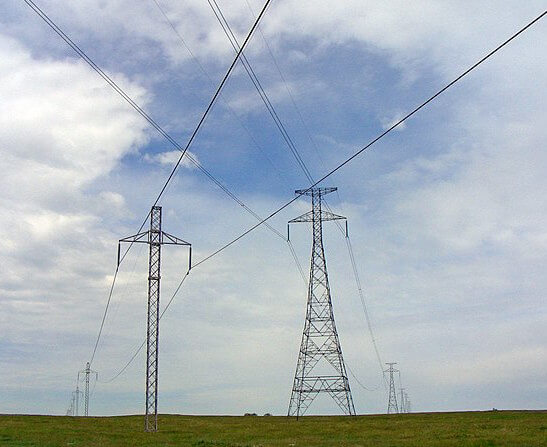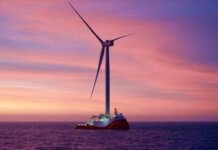Minnesota Power plans to upgrade its high-voltage, direct-current (HVDC) transmission system that delivers renewable wind energy from its Bison Wind Energy Center in North Dakota to 150,000 customers in northeastern Minnesota, 14 municipalities and some of the largest industrial customers in the United States.
Minnesota Power, an operating division of ALLETE, is filing a Certificate of Need and Route Permit with the Minnesota Public Utilities Commission to replace aging critical infrastructure and modernize the terminal stations of its 465-mile HVDC transmission line that runs from Center, ND, to Hermantown, Minn.
One of only a handful of existing HVDC lines in the country, Minnesota Power’s HVDC transmission line and terminals were commissioned in 1977. It acquired the line in 2009.
“Investing in transmission and replacing aging infrastructure with modern technology are critical to strengthening the reliability and resiliency of the grid in the Upper Midwest – especially as we experience more frequent extreme weather events and our energy supply continues to evolve,” says Julie Pierce, vice president Minnesota Power Strategy and Planning.
In Minnesota, the HVDC Modernization Project will replace declining converter facilities at the Arrowhead Substation in Hermantown with new buildings and electrical infrastructure near the existing terminal, implementing state-of-the-art technology.
The project also includes construction of three transmission lines of less than a mile each on the site to connect the new converter station to the existing electric system. Similar upgrades are planned for the converter facilities at the Square Butte East Substation in Center, ND.
“The HVDC system is critical infrastructure, and after more than 45 years of service it’s time to make improvements in sizing and configuration that will help improve reliability and reduce transmission congestion on our electric grid,” says Dan Gunderson, vice president of transmission and distribution for Minnesota Power.
HVDC Modernization Project benefits:
- Improves reliability of the transmission system;
- Improves system resiliency by creating bi-directional line capability, which allows energy to flow in either direction to where it is needed;
- Expands the operating capacity of the HVDC terminals now and in the future for additional energy transfers in the Upper Midwest;
- Replaces critical infrastructure that has reached the end of its design life.
Pending regulatory approvals, construction could begin as early as 2024 in Minnesota and North Dakota, with an in-service date between 2028 and 2030.
Cost for the new system is estimated between $800 million and $900 million. The company is seeking federal and state funding to help mitigate rate impacts on customers. In May, $15 million in state funding was secured as part of the energy and climate budget bill passed by the Minnesota Legislature.
Under a preferred supplier agreement, Minnesota Power has obtained a manufacturing slot and resource commitments from Siemens Energy that will establish a collaborative partnership between the organizations and ensure the project is delivered on time.
Minnesota Power will continue to seek feedback and input from stakeholders and the public during the regulatory review process for the Certificate of Need and Route Permit, which is expected to take about a year. It also will be seeking permits from the North Dakota Public Service Commission for the HVDC facility modifications in North Dakota.
Photo by Wtshymanski, CC BY-SA 3.0.




